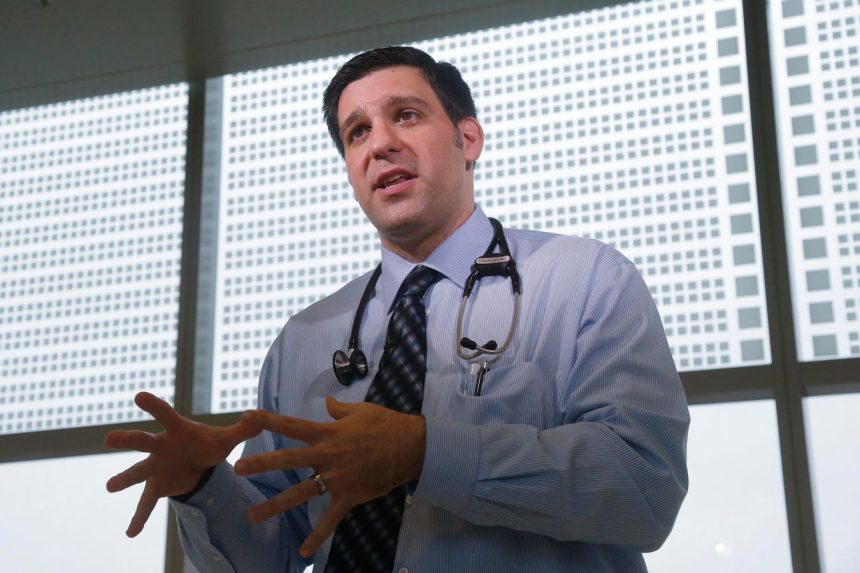The National Institutes of Health (NIH), a cornerstone of American scientific research, found itself in a state of disarray following President Trump’s directive to “pause” healthcare communications. Researchers both within and outside the agency were left grappling with uncertainty about the permissible scope of their activities. A subsequent memo from NIH Acting Director Matthew Memoli sought to clarify the situation, outlining what could and could not be pursued amidst the imposed restrictions. While the memo provided some much-needed guidance, it also left several key questions unanswered, fueling anxiety and frustration within the scientific community.
Memoli’s memo affirmed that core NIH functions, including clinical trials and essential medical research, would continue. Ongoing clinical trials, both at the NIH and at NIH-funded institutions, were explicitly permitted to proceed. The procurement of necessary supplies for pre-existing research projects was also authorized, ensuring that vital scientific endeavors would not be abruptly halted. Similarly, meetings related to research initiated before the communication pause were allowed to continue, provided they did not involve the public dissemination of information. This allowed for the continuation of critical internal discussions and collaborations essential for scientific progress.
However, the memo remained conspicuously silent on the fate of pending grants, a critical source of funding for numerous research projects. Prior to the memo’s release, new grant reviews, including complex and difficult-to-schedule study sections, had been suspended, leaving researchers in limbo. The memo only offered the promise of “additional guidance” later in the week, further amplifying the uncertainty surrounding future funding opportunities. This lack of clarity regarding grant applications created a significant obstacle for researchers seeking to initiate or continue their work, adding to the overall sense of apprehension within the scientific community.
The initial disruption caused by the communication pause triggered widespread concern among researchers. Fears of stalled scientific breakthroughs and impeded medical advancements were pervasive. While Memoli’s memo alleviated some of these anxieties by confirming the continuation of core research activities, the lingering ambiguity regarding grants and future communications continued to fuel unease. The seemingly arbitrary nature of the restrictions and the lack of transparent communication from the administration contributed to a sense of demoralization and frustration amongst NIH staff.
The implications of this disruption extend beyond the immediate operations of the NIH. The agency plays a crucial role in funding and validating scientific research, particularly in areas like cancer research, where the National Cancer Institute manages a substantial portion of the NIH’s budget. Any slowdown in NIH activities could have a cascading effect on scientific progress, particularly for biotech startups that often rely on NIH grants for early-stage funding. Venture capitalists, hesitant to invest in projects facing uncertain funding prospects, could exacerbate the funding gap, further hindering innovation.
The temporary freeze on meetings and communications also posed specific challenges for certain research areas like cancer research, where rapid information exchange and collaboration are essential for progress. The NIH’s role as both a funding source and a validator of scientific studies underscores the potential for widespread impact resulting from any disruption in its operations. The uncertainty surrounding the duration and scope of the communications pause, coupled with the lack of clarity regarding grant applications, cast a shadow over the future of numerous research projects, leaving scientists anxious about the long-term consequences for their work and the broader scientific landscape. The incident highlighted the potential for administrative decisions to significantly impact the scientific community and the importance of transparent communication and consistent support for scientific research.



